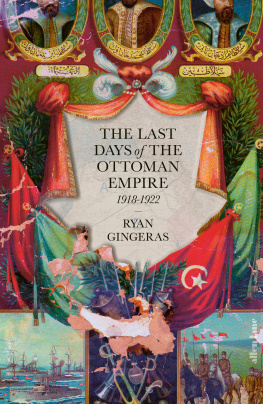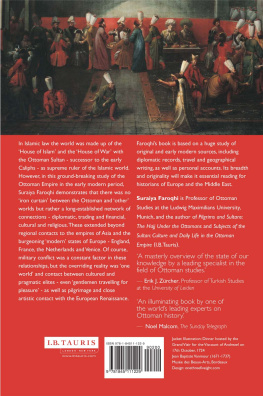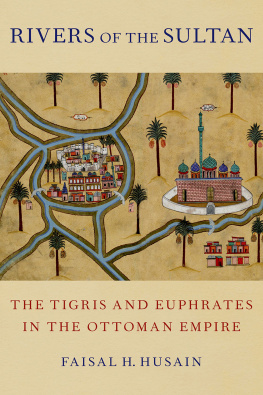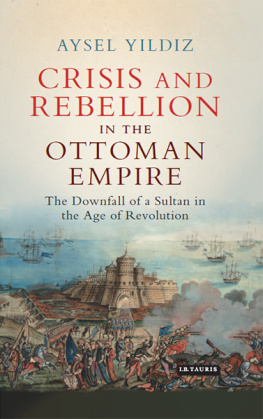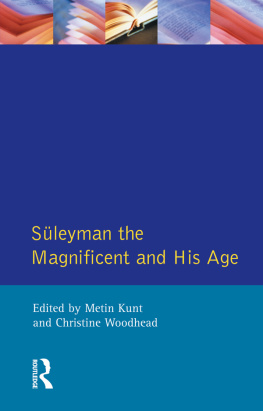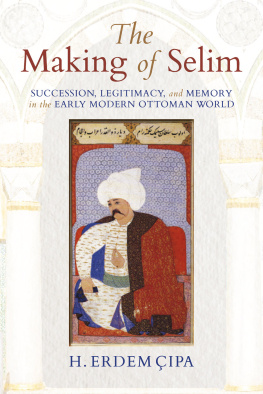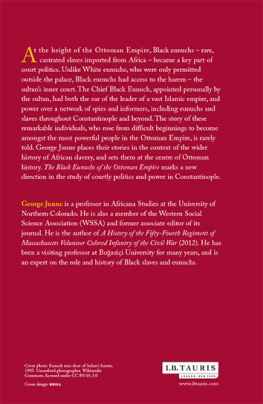Contents
Guide

ALSO BY ALAN MIKHAIL

Under Osmans Tree:
The Ottoman Empire, Egypt,
and Environmental History
The Animal in Ottoman Egypt
Nature and Empire in
Ottoman Egypt:
An Environmental History
Water on Sand:
Environmental Histories of the
Middle East and North Africa
(editor)
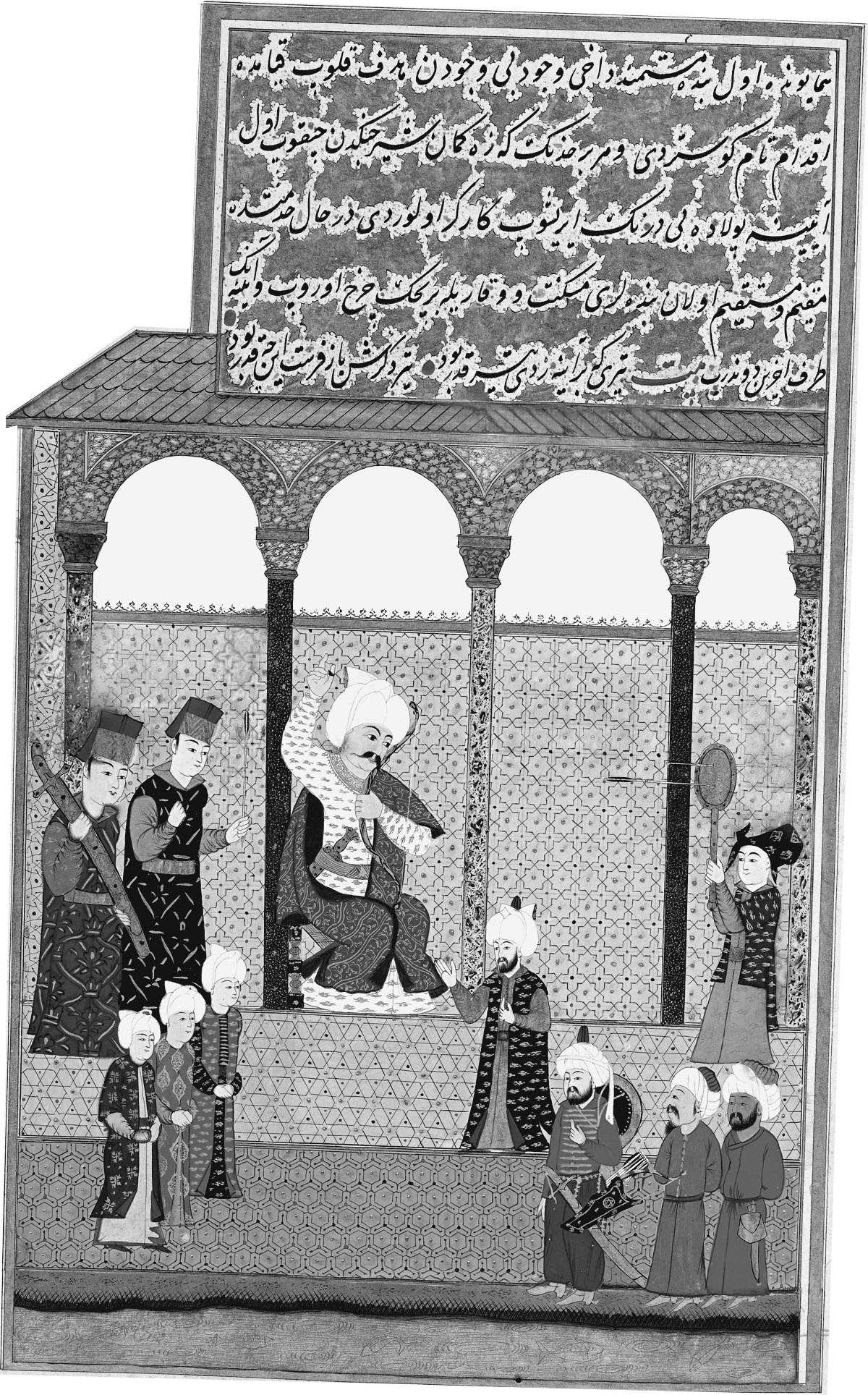
GODS SHADOW

Sultan Selim,
His Ottoman Empire,
AND THE
Making of the Modern World

ALAN MIKHAIL


FRONTISPIECE:
Selim takes aim
...
Copyright 2020 by Alan Mikhail
All rights reserved
First Edition
For information about permission to reproduce selections from this book, write to Permissions, Liveright Publishing Corporation, a division of W. W. Norton & Company, Inc., 500 Fifth Avenue, New York, NY 10110
For information about special discounts for bulk purchases, please contact W. W. Norton Special Sales at specialsales@wwnorton.com or 800-233-4830
Book design by Barbara M. Bachman
Production manager: Anna Oler
The Library of Congress has cataloged the printed edition as follows:
Names: Mikhail, Alan, 1979 author.
Title: God's shadow : Sultan Selim, his Ottoman empire, and the making of the modern world / Alan Mikhail.
Description: First edition. | New York : Liveright Publishing Corporation, [2020] | Includes bibliographical references and index.
Identifiers: LCCN 2020010516 | ISBN 9781631492396 (hardcover) | ISBN 9781631492402 (epub)
Subjects: LCSH: Selim I, Sultan of the Turks, 1470-1520. |
TurkeyHistorySelim I, 1512-1520. | Aye Glbahar Hatun, consort of
Bayezid II, Sultan of the Turks, 1505.
Classification: LCC DR504 .M55 2020 | DDC 956/.015092 [B]dc23 LC record available at https://lccn.loc.gov/2020010516
Liveright Publishing Corporation, 500 Fifth Avenue, New York, N.Y. 10110
www.wwnorton.com
W. W. Norton & Company Ltd., 15 Carlisle Street, London W1D 3BS
CONTENTS

MAPS

All maps drawn by David Lindroth, Inc.
GODS SHADOW

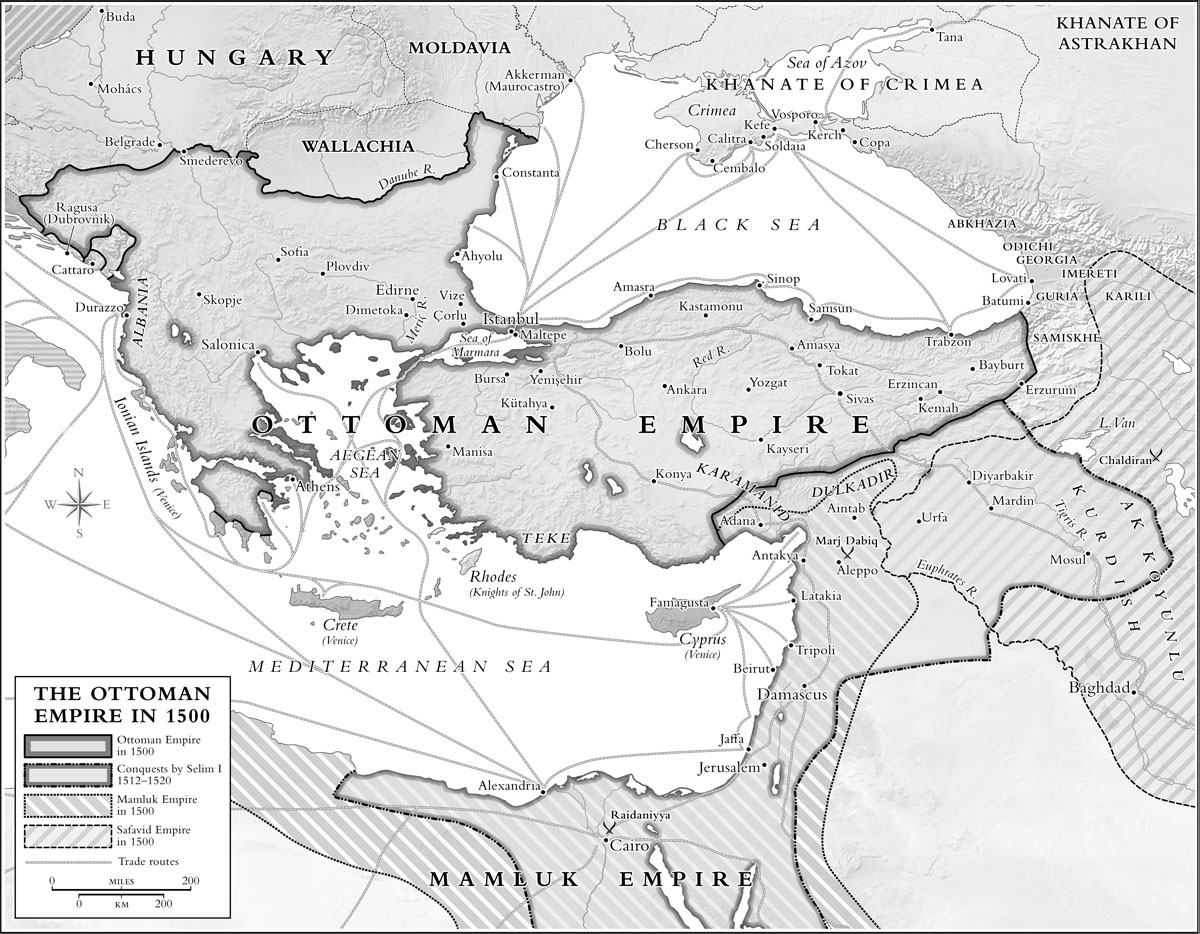
INTRODUCTION
...

Selim
O N THE BORDER BETWEEN TEXAS AND MEXICO, PRECISELY WHERE the Rio Grande flows into the Gulf of Mexico, lies a sleepy town with the unlikely name of Matamoros. Mata comes from the Spanish verb matar , to kill, while moros the Spanish equivalent of the English word Moorsis the derogatory name Spanish Christians reserved for Muslims. To be a Matamoros, then, is to be a Moor-slayer, a title with seemingly no connection to the American past or present. Why would a sunny border town in northeastern Mexico be named Moor-slayer? Were Muslims ever an existential enemy to kill in Mexico or Texas?
The word Matamoros was coined by Catholic Spaniards. For them, it was the duty of every Christian soldier to be a Moor-slayer. Much of Spain had been under Muslim rule from 711 until 1492a fateful year in geopolitical history, for in 1492 not only did Spains Christian armies take (or retake, as they preferred to say) the last Muslim stronghold on the Iberian peninsula, but one particular Matamoros by the familiar name of Christopher Columbus opened up a new front in Spains war against Islam. Having been a common soldier in Isabella and Ferdinands conquest of Granada, Columbus showed himself to be a religious man. Throughout his life, in battle after battle against Muslims and, specifically, against the Ottoman Empire, Spains major rival throughout the Mediterranean, he had refined his palate for the taste of Muslim blood, and he felt the burden of holy war deep in his soul. Thus, as he bobbed westward on the high seas, his mind was occupied by neither a secular passion for discovery nor a calculating commercial vision. More than anything else, he sailed to the Americas imbued with a zeal for waging Christianitys war against its foremost enemyIslam.
Despite their great victory on the Iberian peninsula, Christians were losing captives, commercial influence, and territory to the Ottomans almost everywhere else. The ideological wind propelling the white sails of Columbuss three ships was the fifteenth-century worlds most exigent political strugglethe one between Catholic Europe and the Muslim Ottoman Empire. The Ottoman Empire, contrary to nearly all conventional accounts of world history, was the very reason Europeans went to America.
For half a century before 1492, and for centuries afterward, the Ottoman Empire stood as the most powerful state on earth: the largest empire in the Mediterranean since ancient Rome, and the most enduring in the history of Islam. In the decades around 1500, the Ottomans controlled more territory and ruled over more people than any other world power. It was the Ottoman monopoly of trade routes with the East, combined with their military prowess on land and on sea, that pushed Spain and Portugal out of the Mediterranean, forcing merchants and sailors from these fifteenth-century kingdoms to become global explorers as they risked treacherous voyages across oceans and around continentsall to avoid the Ottomans.
From China to Mexico, the Ottoman Empire shaped the known world at the turn of the sixteenth century. Given its hegemony, it became locked in military, ideological, and economic competition with the Spanish and Italian states, Russia, India, and China, as well as other Muslim powers. The Ottomans influenced in one way or another nearly every major event of those years, with reverberations down to our own time. Dozens of familiar figures, such as Columbus, Vasco da Gama, Montezuma, the reformer Luther, the warlord Tamerlane, and generations of popesas well as millions of other greater and lesser historical personagescalibrated their actions and defined their very existence in reaction to the reach and grasp of Ottoman power.
The challenge of the Ottoman brand of Islam, as the empire pushed westward into Europe, was a major impetus behind Martin Luthers Protestant Reformation. On the empires eastern border, its wars with Safavid Iran intensified the divide between Sunni and Shiite that roils the Muslim world even today. Ottoman military conquests and economic acumen created one of the worlds first truly global commodities, coffee, and spurred capitalist consumerism through their invention of the coffeehouse.



